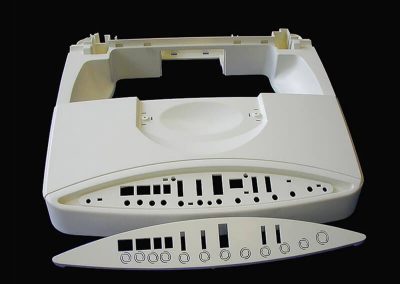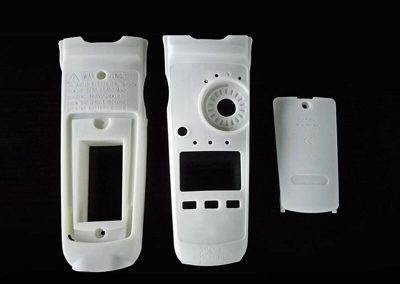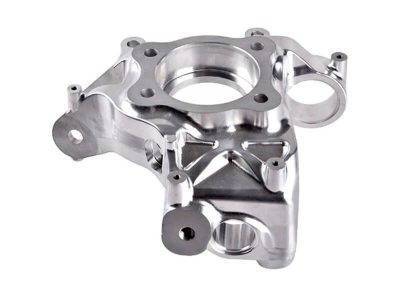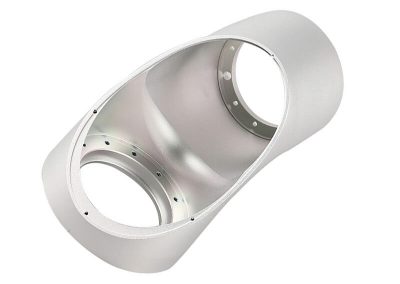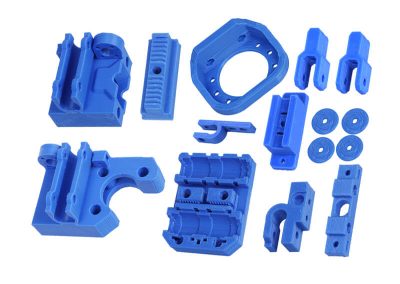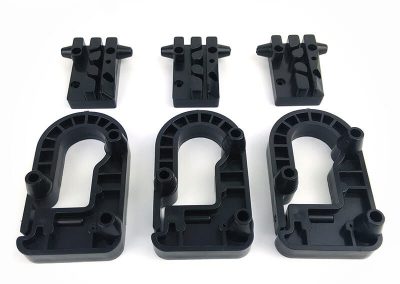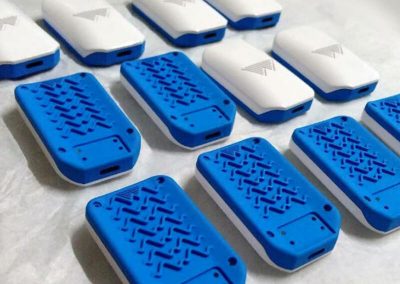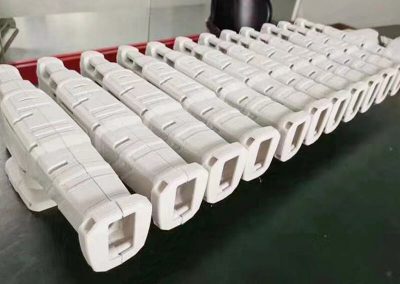Rapid Prototyping Services
CNC rapid tooling / 3D printing prototyping
Low Volume Manufacturing
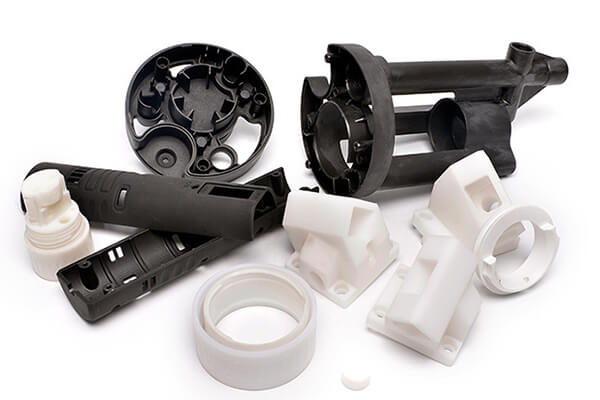
Quality Rapid Prototyping Services
Rapid prototyping is the use of CNC machining and 3D printing technology to realize your design. Fast, accurate, lower cost and on-demand manufacturing are the advantages of rapid prototypes. Rapid prototyping is also commonly called quick prototyping or fast prototyping. At Sungplastic, we focus on producing high-quality customized products. With rich expertise and advanced equipment, we provide one-stop services from prototype manufacturing to injection molding mass production.
Whether it is plastic products or metal products, through diversified processing technologies and surface treatment methods, we will realize solutions for you from product prototypes to final products to the market.
Read on to learn more about the rapid prototyping and manufacturing process, or send your 3D design files to our international team of engineers for a free quote.
CNC Rapid Prototyping
CNC machining is very suitable for making high-quality rapid prototypes from plastic or metal. If your parts require tighter tolerances, lighter surface finish or higher hardness, CNC machining is the ideal choice. We have more than 20 CNC milling machines, lathes and EDM machines in-house to meet all your CNC needs.
After tooling the model, post-treatment processes such as spray painting, silk screen printing and electroplating can be carried out.
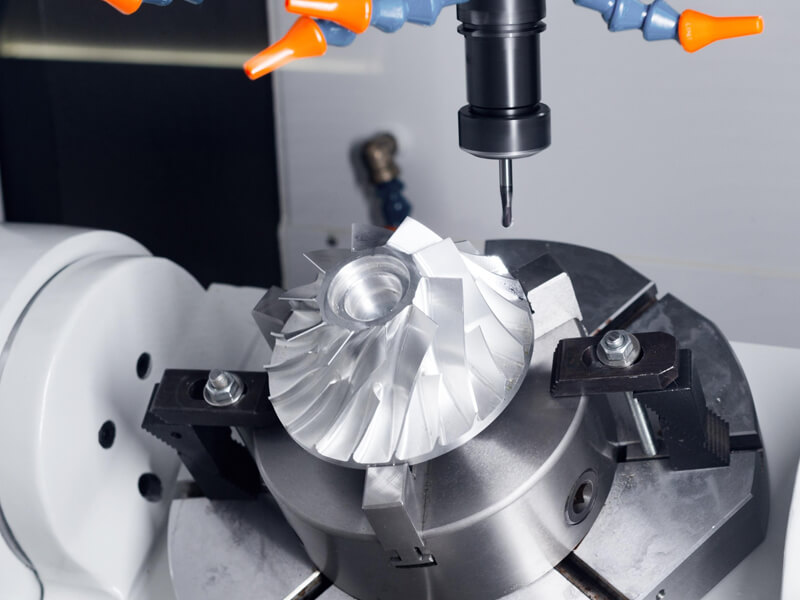
3D Printing Prototyping
SLA and SLS are rapid 3D printing or additive manufacturing processes. For prototypes with complex internal structures or low precision tolerances, they can be quickly realized through 3D laser printing technology.
3D printing and prototyping technology is widely used in product appearance and structure verification. SLA is ideal for making small batches of finished parts or prototypes.
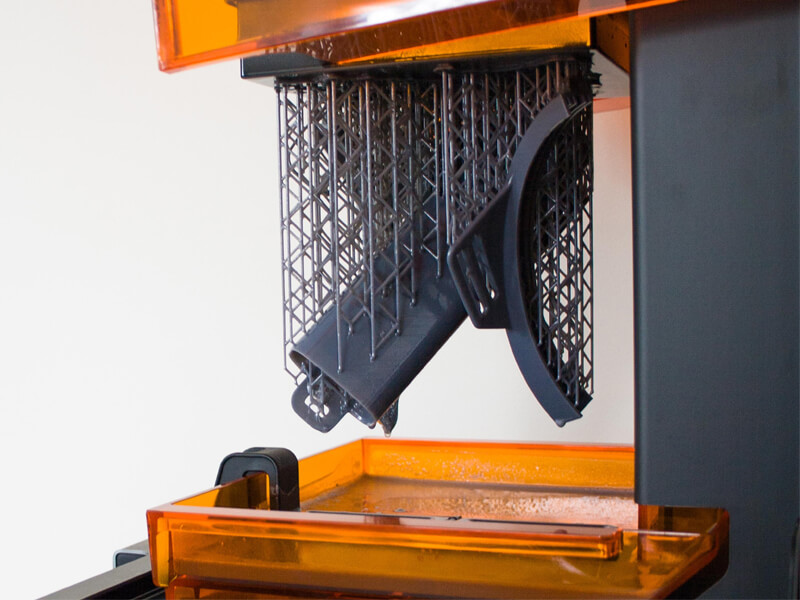
Vacuum Casting
When low-precision plastic parts need to be produced in small batches, vacuum casting is an ideal rapid prototype machining technology. We use SLA printing technology or CNC machining to make master molds for vacuum casting molds.
Vacuum casting molds can create up to 30-50 high-fidelity copies. Parts can be molded with a variety of resins, including engineering grade plastics, and can even be over-moulded with a variety of materials.
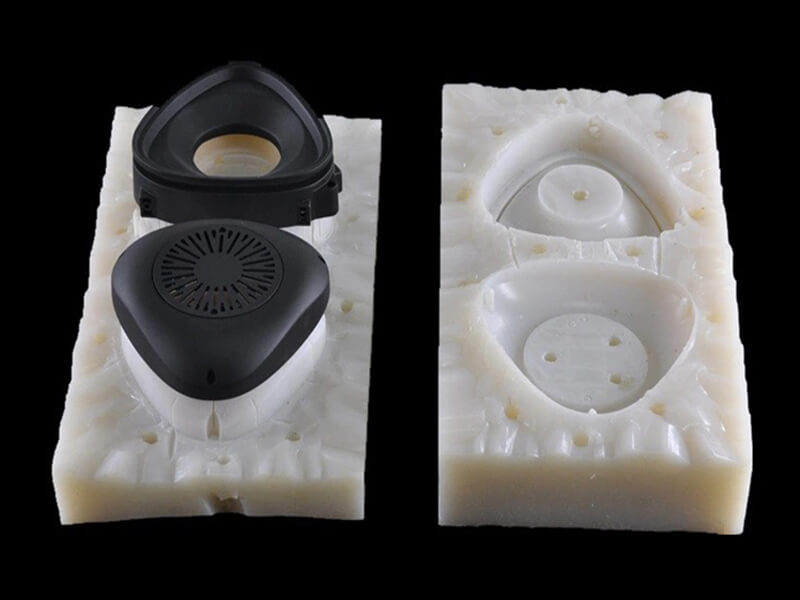
Various Materials of Fast Prototyping
Plastic, metal, and silicone can all be used to make prototypes. It is very important to choose the right material for your design.
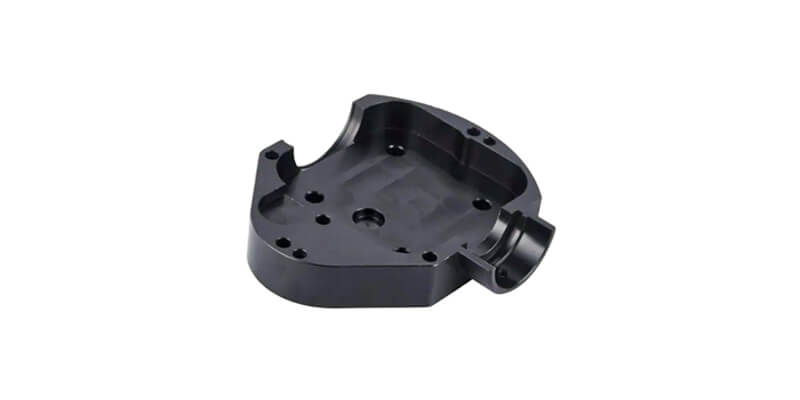
Plastic Prototype
Plastic prototyping is mainly to make the prototypes of some plastic products, such as auto parts, phones, engineering, equipment, electronic products with plastic.
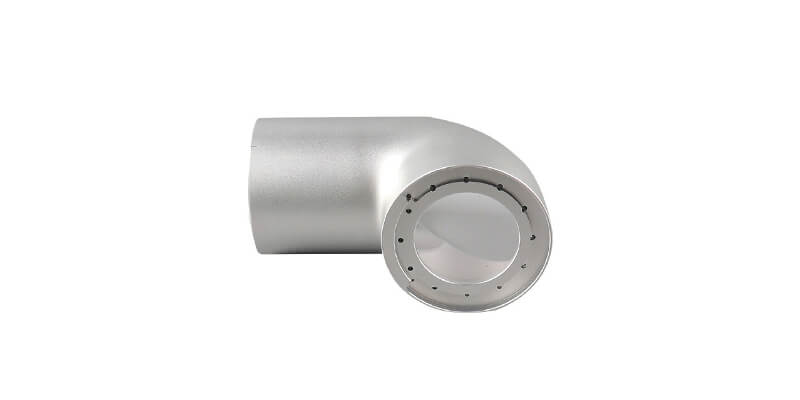
Metal Prototype
Metal rapid prototyping is mainly to tool prototypes of some high-end products with metal materials such as aluminium-magnesium alloys.
Application Field of Rapid Prototyping Services
Sungplastic has rich experience in plastic and metal prototype manufacturing, and can help you choose the right method for your prototype project, as well as the prototyping steps, materials and how to make a prototype.
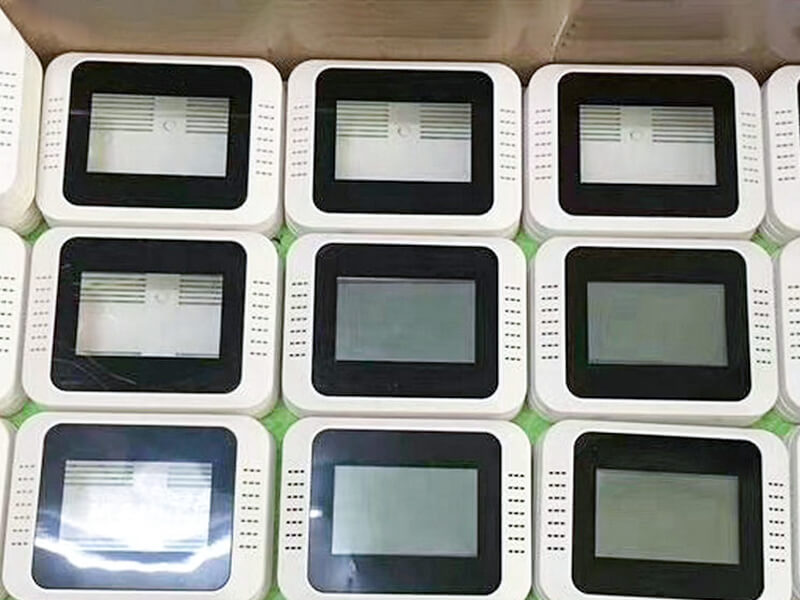
Plastic Parts Prototypes for Electronic Display
Low volume plastic prototypes manufacturing:
- Electronic appliances: monitors, humidifiers, juice machines, vacuum cleaners, air conditioning panels.
- Toy animation: cartoon characters, animation peripheral products, miniature car models, airplane models.
- Medical beauty: equipment, beauty tools, nail tools, fitness equipment.
- UnionPay security: cash register, cash machine, tax control machine, speedometer, 3G camera.
- Car traffic: car lights, bumpers, seats, electric cars.
- Craft jewelry: PMMA crafts, relief crafts, ornaments, antique appliances.
Aluminium alloy prototypes and sheet metal prototypes:
1. Cars, motorcycles, ships and other vehicles and various parts and components prototypes.
2. The metal parts of communication products such as telephones, fax machines, mobile phones, walkie-talkies, door locks, etc.
3. Hand-board models of household metal electrical appliances such as televisions, air conditioners, vacuum cleaners, washing machines, etc.
4. All kinds of hardware and metal mechanical parts.
5. Metal hand plates of various hardware casings for medical equipment, B-ultrasound machines, electronic instruments, and small and small parts of medical equipment.
6. Metal parts of aerospace and military aircrafts and UAVs.
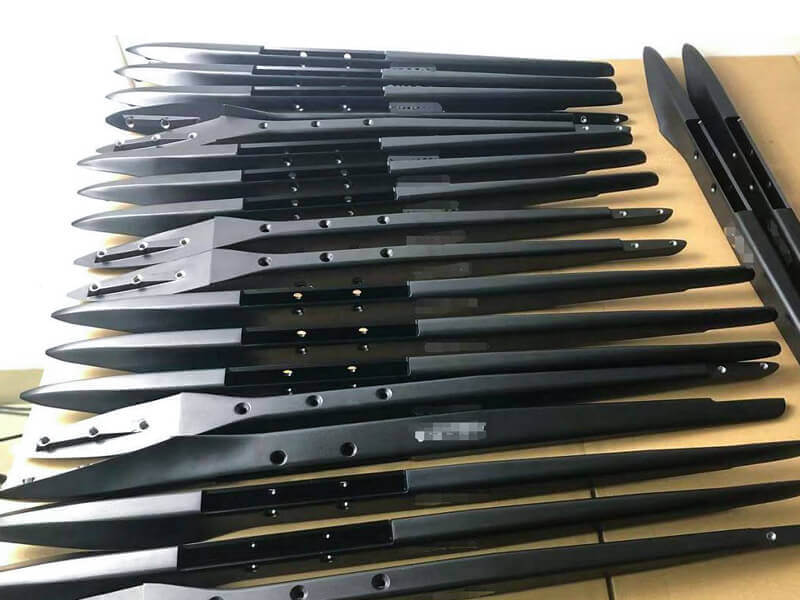
Aluminum Alloy Prototypes for Sport Product
Custom Rapid Prototypes Surface Finishes
After rapid prototypes are completed, most parts need surface finishes. The purpose of surface treatment is to meet the product’s corrosion resistance, wear resistance, decoration or other special functional requirements.
Common surface finish processes include grinding, polishing, electroplating, anodizing, blackening passivation, brushing, sandblasting, painting, powder spraying, printing (silk printing, pad printing), laser carving, and phosphating.
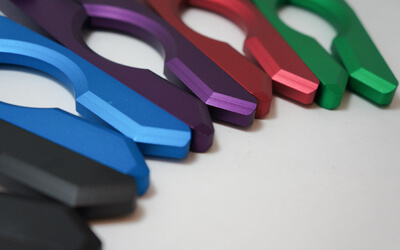
Anodising
Anodizing is to improve the protective, decorative and functional properties of aluminum alloy:
- Anti-corrosion and protect the outer surface.
- Customized appearance colors: black, grey, red, blue, gold.
- Texture: smooth, matte finish.
- Effect:Increase surface hardness, wear resistance, electrical insulation, etc.
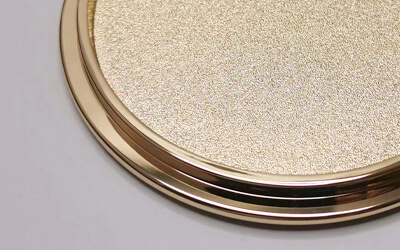
Electroplating
- Material: aluminum, steel, plastic
- Type: zinc plating, nickel plating, tin plating, etc.
- Application: electrical connection, jewelry, radiation shielding
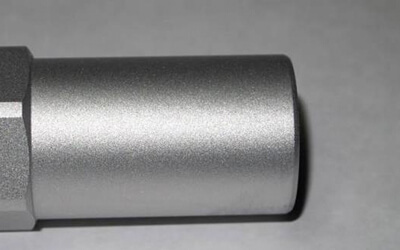
Sandblasted
- Materials:aluminum, brass, steel,plastic
- Standards:Sa1, Sa2, Sa2.5, Sa3
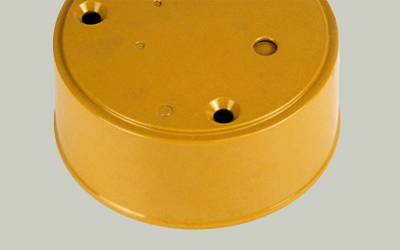
Powder Coating
Powder coating is also called electrostatic powder spraying, a coating process that uses corona discharge to make powder coatings adhere to the workpiece.
- Materials: aluminum, stainless steel, steel
- Colors: black, any RAL code or Pantone number.
- Applications:vehicle parts, household appliances, hardware tools
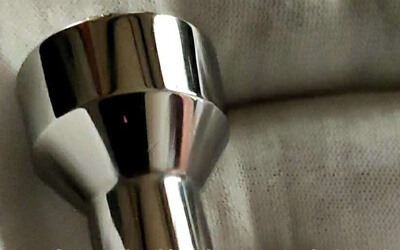
Polishing
- Material: aluminium, brass, stainless steel, steel
- Types:mechanical polishing, chemical polishing
- Application: lenses, accessories, high-end gifts
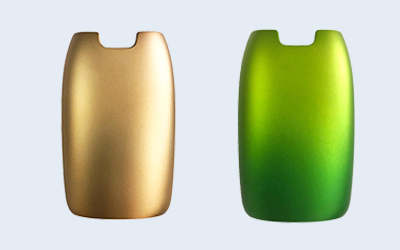
spray painting
- Colors: Pantone number, customized
- Effect: colorful, UV coating, hand-feeling paint, etc.
- Application: electronic products, consumer products, sports products, etc.
Why Choose Us for Rapid Prototyping Manufacturing?
Industry-Leading Expertise
Cutting-Edge Equipment
In order to provide quality products and services, our team uses some of the best equipment available today. Every employee has undergone rigorous training and professional skills testing.
One-stop Solution
No Minimum Order Quantity
Procuring parts on-demand, we support your manage market or demand volatility by having no minimum order volumes or value for our injection molding production.
Guide Of Rapid Prototyping
Usually, prototypes are required for products that have just been developed or designed. Prototyping is the first step to verify the feasibility of a product. It is the most direct and effective way to find out the defects, deficiencies, and shortcomings of the designed product, so as to make targeted improvements to the defects and provide sufficient basis for product finalization and mass production.
1.What is rapid prototyping?
Prototype refers to the verification sample manufactured in small quantities before the product is finalized. It can also be called: verification parts, equal-scale models, etc.
For products that require mold production, prototypes are one or more functional models made first based on product appearance drawings or structural drawings without opening the mold to check the rationality of the appearance or structure.
2.Types of prototypes
2.1 According to the production method, depending on the equipment used, it can be divided into 3D laser rapid prototyping prototypes and rapid CNC machining prototypes.
- SLA prototypes: mainly prototypes produced by laser rapid prototyping technology.
- CNC prototype: mainly produced by machining center.
2.2 According to the materials used in the production, the prototypes can be divided into plastic prototypes, silicone prototypes, and metal prototypes.
2.3 According to the desired effect, it can be divided into appearance prototype, structure prototype, and function prototype:
- Appearance prototype: Mainly inspect the appearance design of the product, requiring exquisite appearance, accurate color, and low requirements for internal processing.
- Structural prototype: Mainly check the structural rationality of the product, with high requirements for size and relatively low requirements for appearance.
- Functional prototype: It is required to achieve the same appearance, structure and function as the real product. It can be understood as a finished product that is not on the market. It is the most demanding and difficult type of prototype.
3.Comparison of 3D printing prototype and CNC prototype
- The advantages of 3D printing prototypes are mainly reflected in its speed, but it is mainly formed by stacking technology, so 3D printing prototypes are generally relatively rough.
- The advantage of CNC prototype is that it can accurately reflect the information expressed in the drawings, and the surface quality of CNC prototype is high, especially after the surface spraying and silk printing are completed, it is even more glamorous than the product produced after the mold is opened.
Therefore, CNC prototype manufacturing has always been the mainstream of prototype manufacturing.
4.Materials used for rapid prototyping
- Petal prototyping: ABS,POM, PMMA (acrylic), PC, PP, PA, BT, PVC, rubber sheet, bakelite, plastic king, etc.
- Metal prototyping: Aluminum, stainless steel, iron, copper and other alloys
5.What are the advantages of a prototype?
- Inspect the appearance design.
The prototype is not only visible but also touchable. It can intuitively reflect the designer’s creativity in physical form, avoiding the disadvantage of “drawing it looks good but making it unsightly”. Therefore, prototype production is indispensable in the process of new product development and product shape scrutiny. - Inspection structure design.
Because the prototype is assemblable, it can intuitively reflect the reasonableness of the structure and the ease of installation. It is convenient to find and solve problems early. - Avoid the risk of opening the mold directly.
Because the cost of mold manufacturing is generally very high, relatively large molds are worth hundreds of thousands or even millions. If unreasonable structure or other problems are found in the process of opening the mold, the loss can be imagined. Prototype production can avoid this loss and reduce the risk of mold opening. - Make the product go to the market ahead of schedule.
Due to the advanced nature of prototype production, you can use the prototype for product promotion before the mold is developed, and even pre-sales and production preparations to occupy the market as soon as possible.
Find More Capacities about Sungplastic
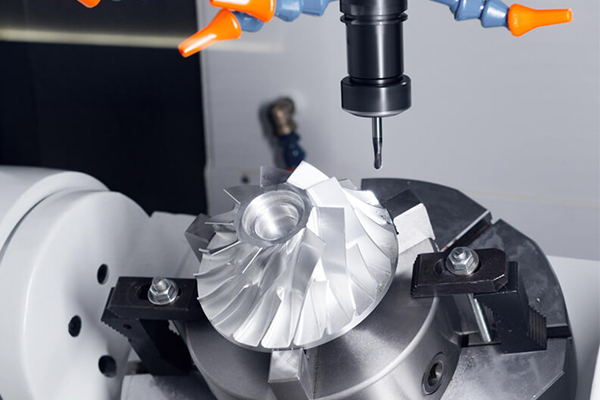
CNC Prototyping
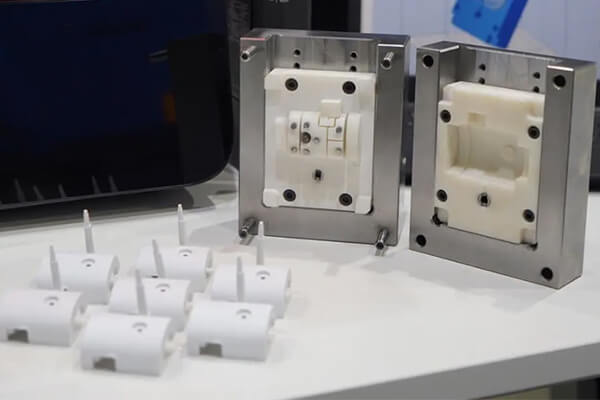
Injection Molding Prototyping
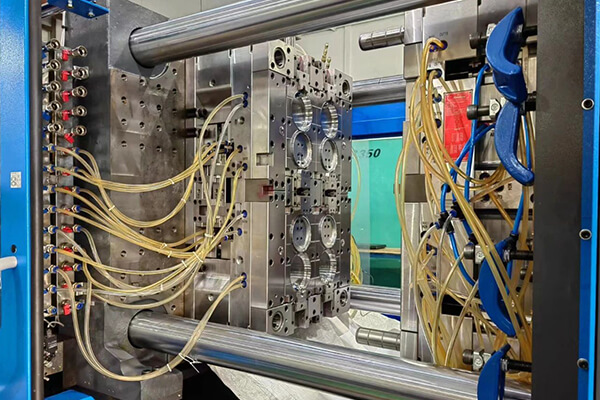
Mass Production
Get a free quote and design analysis today.
We’ll reply to you within 6 working hours.
We respect your privacy.
+86 139 2927 4777 (WhatsApp, Wechat)
Related Rapid Prototyping Resources
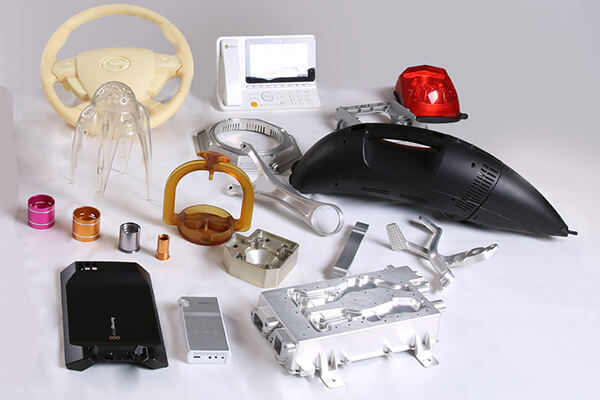
CNC Prototype Machining: Make Custom Machined Prototypes
[pac_divi_table_of_contents...
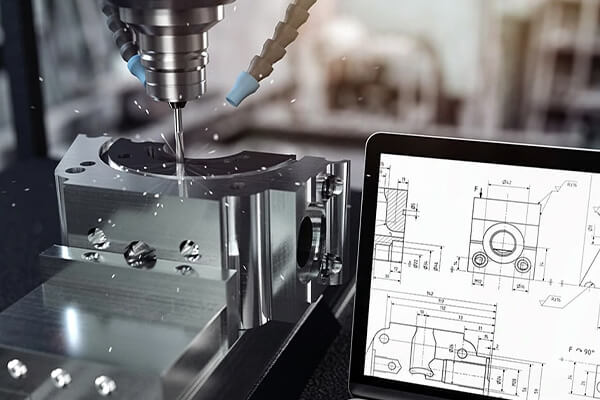
From Prototype To Production Process Overview
[pac_divi_table_of_contents...
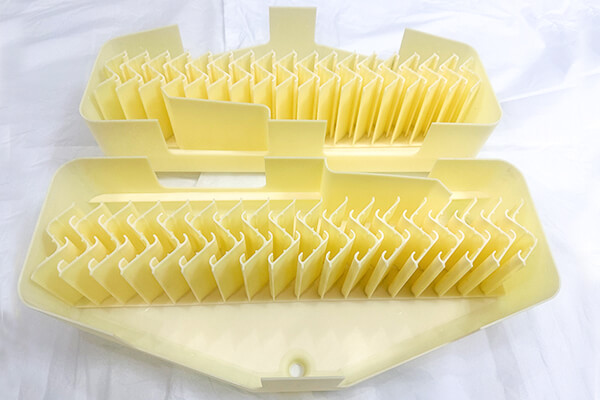
Plastic Prototype Manufacturing: Key Prototyping Techniques
[pac_divi_table_of_contents...

